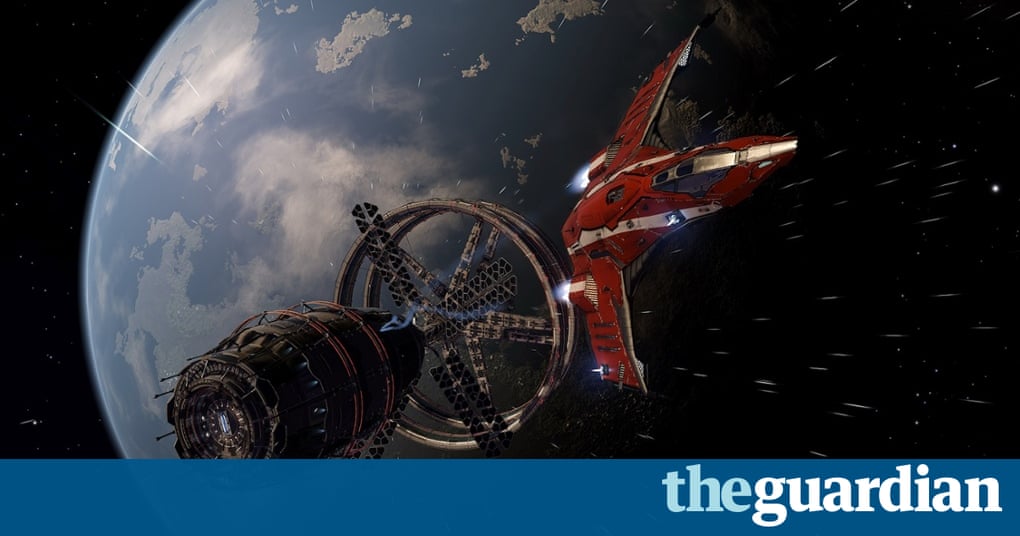Elite Dangerous Full Complete Game With Crack 2014 Edit
Elite Dangerous brings gaming's original open world adventure into the modern. And the entirety of the Milky Way re-created at its full galactic proportions. AM (UTC) today for approximately 30 minutes as we apply the 3.3.04 patch. The full list of changes are. Edit: Player in question is remaining clean after each kill. Elite-Dangerous-[PC]-Full-Complete-Game-With-Crack-2014-Edition-RELOADED > http://bit.ly.
Rangers apprentice 12 epub download free. The United Empire of Earth Navy caused quite a stir last November when it announced that it would be putting 200 decommissioned Javelin Destroyers up for sale. Each 1,132-foot-long spaceship has the sort of amenities that your average interstellar mercenary finds hard to resist: four primary thrusters, 12 maneuvering thrusters, a heavily armored bridge, private quarters for a captain and an executive officer, six cargo rooms, general quarters for a minimum of 23 crew members, and a hangar big enough to accommodate a gunship. There's even a lifetime insurance policy. The document that announced the Javelins' impending sale took pains to stress that these warships were fixer-uppers.
“They are battle-hardened and somewhat worse for wear,” it read, “and have been stripped of the weapons systems.” Thus, any would-be buyer would eventually have to shell out extra to equip the 20 gun turrets and the two torpedo launchers. The asking price for each ship: $2,500. And that wasn't some form of fictional futuristic space bucks; it was 2,500 real dollars. Actual, real, present-day American Earth dollars. Despite those caveats, all 200 Javelins sold out. In less than a minute.
The sale brought in half a million dollars for Cloud Imperium Games, the company behind the space-exploration and combat videogame Star Citizen. Cloud Imperium has hit upon a truly futuristic business model. There's nothing new about inviting players to spend real money for virtual goods—a vehicle or weapon or article of clothing that can only be used inside a virtual gameworld. What's new about Star Citizen is that most of its goods are doubly virtual—they can only be used inside the gameworld, and the gameworld doesn't actually exist yet.
In fact, its massively multiplayer universe may not be up and running for several more months. Or several more years. Star Citizen began as a crowdfunding project in the fall of 2012 and has since raised an astonishing $77 million from some 770,000 backers. That's an order of magnitude more money than the next-biggest crowdfunded videogame project.
It's several multiples more than any other crowdfunding project of any kind. It's equivalent to the budget of a top-tier game like Watch Dogs or to Snapchat's Series B funding round. And Star Citizen continues to bring in millions of dollars every month. Yet only a few isolated segments of the game have been released so far, and even those are in a very early, bug-ridden form.
But you can already immerse yourself in the world of the game if you visit the. Some material is standard-issue get-the-players-hyped language intended to read as if it were written in the year 2015. But a lot of the material on the site—like, say, the sales pitch for the Javelin Destroyer—is addressed to the space-faring peoples of the year 2945.
As if it's coming from inside the world of the game. Chris Roberts, creator of Star Citizen, calls this mode “in-fiction,” and it's a signature element of his new game's appeal for fans who adore the neglected niche of the sci-fi game genre that Star Citizen occupies. And yet for every would-be player who thinks Roberts is the savior of hardcore PC gaming—George Lucas crossed with Nintendo's Shigeru Miyamoto—there's one who thinks him a charlatan, a 21st-century snake-oil salesman. What's undeniably true is that he's one of the greatest marketers the industry has ever seen. Beyond that, how does Roberts explain the $77 million secret of Star Citizen's success?
“The big thing is the thing that we didn't do,” he says. “Most crowdfunding campaigns engage some people, convince them to become backers, and then the campaign stops. We didn't stop.”. In 1990 he pitched this concept to Origin Systems, an Austin, Texas, gamemaker.
